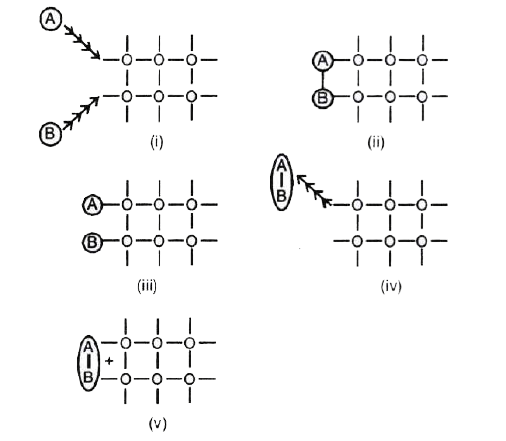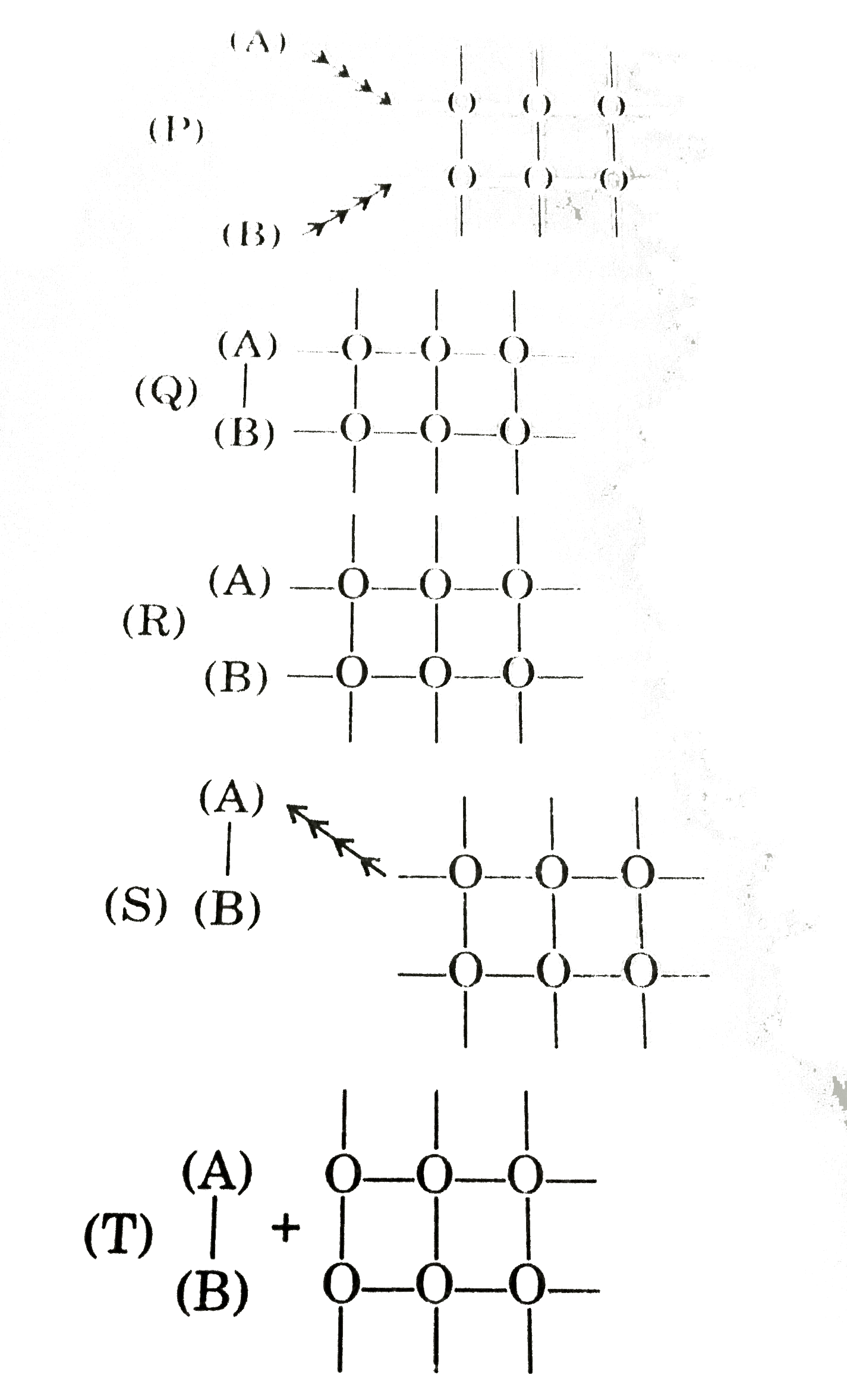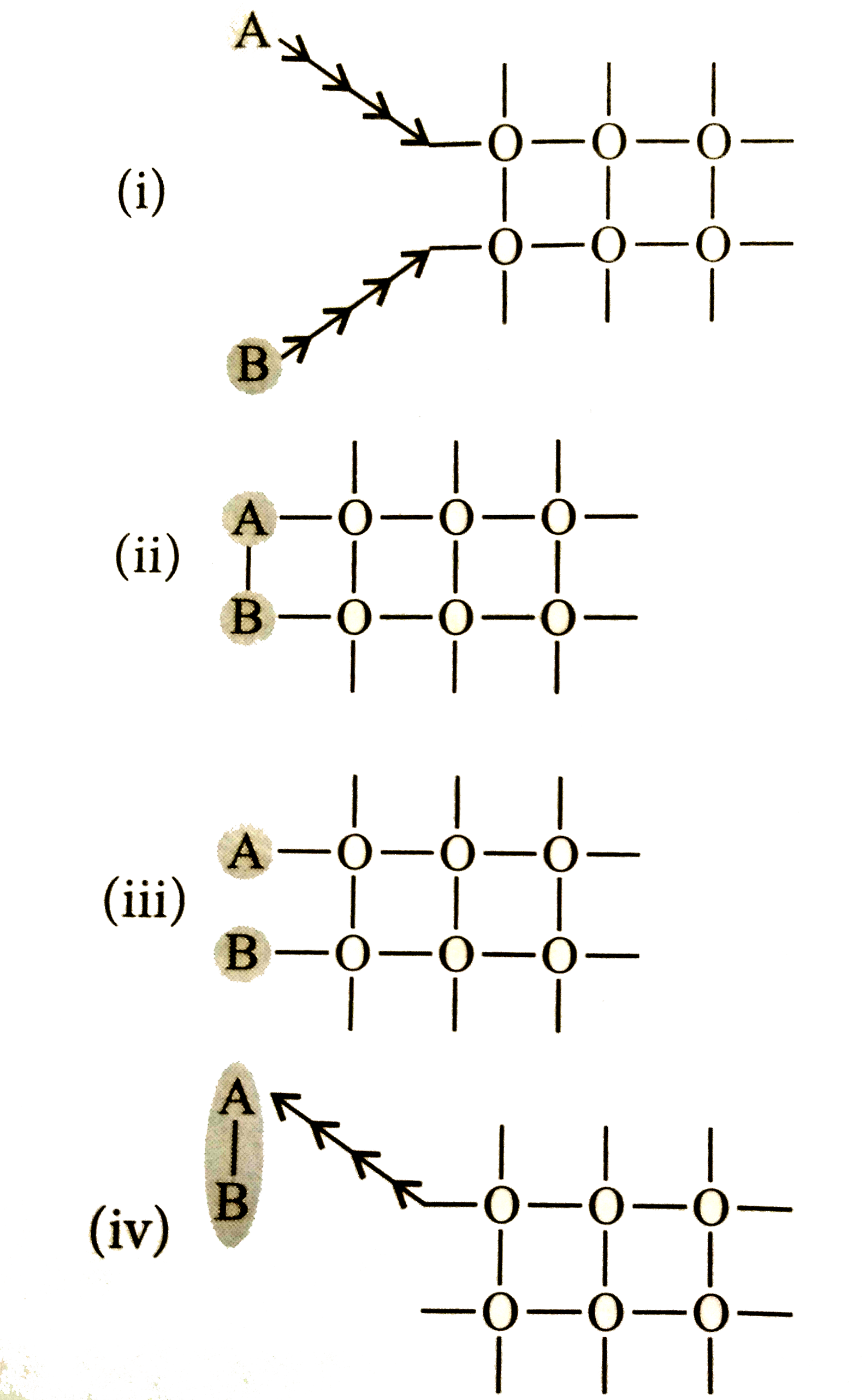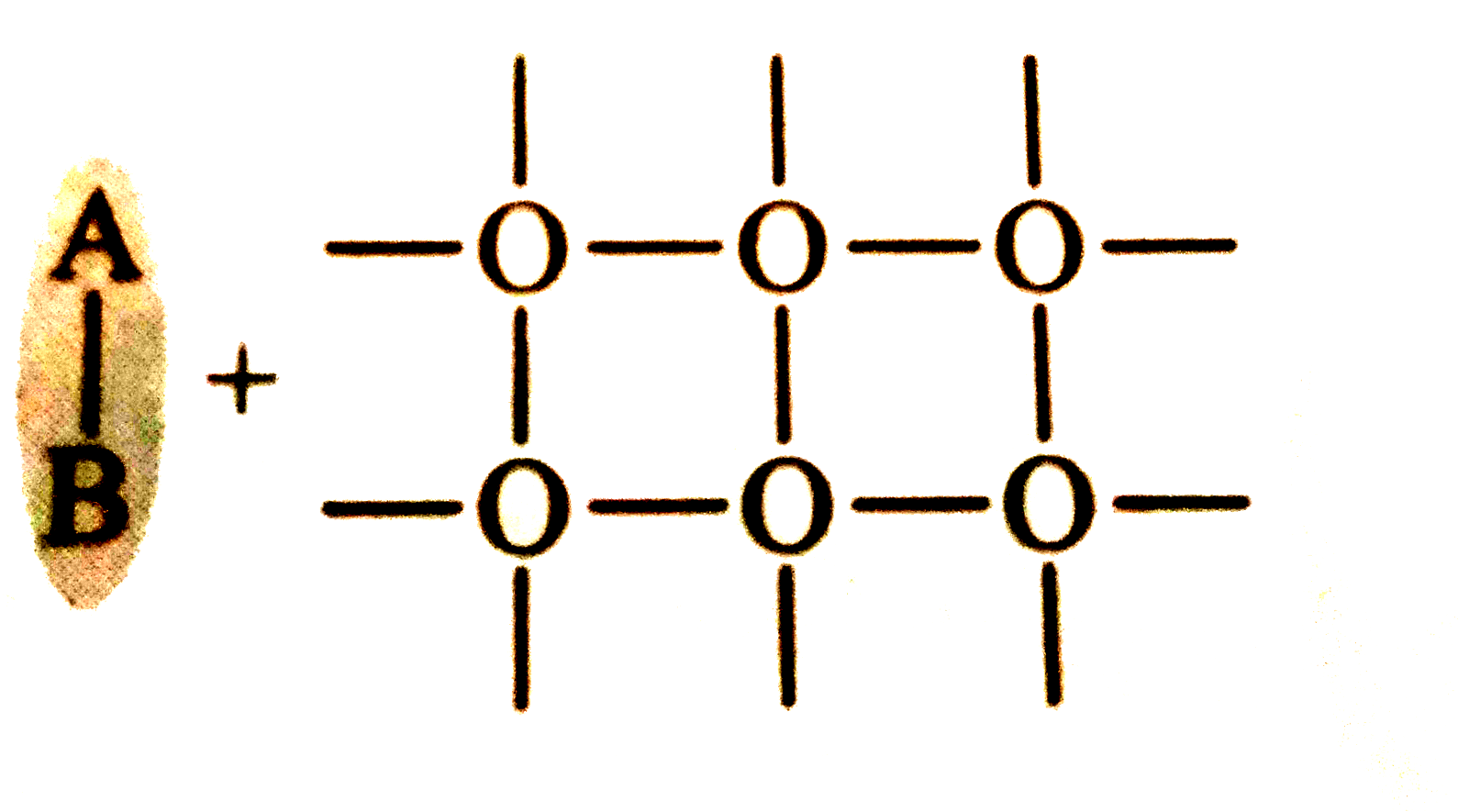Choose the correct sequence of steps involved in C4 cycle.
CO2 fixation → Regeneration → Transport
CO2 fixation → Recorboxylation → Decarboxylation
Transport → Regeneration →CO2 fixation
CO2 fixation → Transport → Decarboxylation
The correct Answer is:D
Step-by-Step Solution for the C4 Cycle
1. Carbon Dioxide Fixation:
- The process begins when atmospheric carbon dioxide enters the mesophyll cells of C4 plants.
- In the mesophyll cells, carbon dioxide is fixed by the enzyme phosphoenolpyruvate carboxylase (PEPcase).
- This reaction converts phosphoenolpyruvate (PEP) into a 4-carbon compound, specifically oxaloacetic acid (OAA), which is the first stable product of carbon fixation.
2. Formation of Other 4-Carbon Acids:
- The oxaloacetic acid can be converted into other 4-carbon acids, such as malate or aspartate, depending on the specific C4 plant.
3. Transport to Bundle Sheath Cells:
- The 4-carbon acids are then transported from the mesophyll cells to the bundle sheath cells. This transport is essential for the next step in the cycle.
4. Decarboxylation:
- In the bundle sheath cells, the 4-carbon acids undergo decarboxylation, a process where one carbon is removed, releasing carbon dioxide.
- This reaction is facilitated by the enzyme ribulose bisphosphate carboxylase/oxygenase (Rubisco), which is present in the bundle sheath cells.
- The decarboxylation results in the formation of a 3-carbon compound (C3 acid), which can enter the Calvin cycle.
5. Regeneration and Entry into the Calvin Cycle:
- The C3 acid produced from decarboxylation is then transported back to the mesophyll cells.
- Here, it enters the Calvin cycle, completing the C4 cycle and allowing for the regeneration of the starting materials.
Correct Sequence of Steps:
1. Carbon Dioxide Fixation
2. Formation of Other 4-Carbon Acids
3. Transport to Bundle Sheath Cells
4. Decarboxylation
5. Regeneration and Entry into the Calvin Cycle
- The process begins when atmospheric carbon dioxide enters the mesophyll cells of C4 plants.
- In the mesophyll cells, carbon dioxide is fixed by the enzyme phosphoenolpyruvate carboxylase (PEPcase).
- This reaction converts phosphoenolpyruvate (PEP) into a 4-carbon compound, specifically oxaloacetic acid (OAA), which is the first stable product of carbon fixation.
- The oxaloacetic acid can be converted into other 4-carbon acids, such as malate or aspartate, depending on the specific C4 plant.
- The 4-carbon acids are then transported from the mesophyll cells to the bundle sheath cells. This transport is essential for the next step in the cycle.
- In the bundle sheath cells, the 4-carbon acids undergo decarboxylation, a process where one carbon is removed, releasing carbon dioxide.
- This reaction is facilitated by the enzyme ribulose bisphosphate carboxylase/oxygenase (Rubisco), which is present in the bundle sheath cells.
- The decarboxylation results in the formation of a 3-carbon compound (C3 acid), which can enter the Calvin cycle.
- The C3 acid produced from decarboxylation is then transported back to the mesophyll cells.
- Here, it enters the Calvin cycle, completing the C4 cycle and allowing for the regeneration of the starting materials.
1. Carbon Dioxide Fixation
2. Formation of Other 4-Carbon Acids
3. Transport to Bundle Sheath Cells
4. Decarboxylation
5. Regeneration and Entry into the Calvin Cycle
Topper's Solved these Questions
- PHOTOSYNTHESIS IN HIGHER PLANTS BOOK - AAKASH INSTITUTE ENGLISHCHAPTER - PHOTOSYNTHESIS IN HIGHER PLANTS EXERCISE - Assignment(Section B)
34 Videos
- PHOTOSYNTHESIS IN HIGHER PLANTS BOOK - AAKASH INSTITUTE ENGLISHCHAPTER - PHOTOSYNTHESIS IN HIGHER PLANTS EXERCISE - Assignment(Section C)
60 Videos
- PHOTOSYNTHESIS IN HIGHER PLANTS BOOK - AAKASH INSTITUTE ENGLISHCHAPTER - PHOTOSYNTHESIS IN HIGHER PLANTS EXERCISE - Exercise
30 Videos
- ORGANISMS AND POPULATIONS BOOK - AAKASH INSTITUTE ENGLISHCHAPTER - ORGANISMS AND POPULATIONS EXERCISE - ASSIGNMENT (SECTION-D) (Assertion-Reason Type Questions)
15 Videos
- PLANT GROWTH AND DEVELOPMENTBOOK - AAKASH INSTITUTE ENGLISHCHAPTER - PLANT GROWTH AND DEVELOPMENTEXERCISE - ASSIGNMENT (SECTION -D)
10 Videos
Similar Questions
Knowledge Check
Identify the correct sequence of stages of Calvin cycle.
AReduction → Carboxylation → RegenerationBCarboxylation → Regeneration → ReductionCCarboxylation → Reduction → RegenerationDReduction → Regeneration → CarboxylationArrange the following diagrams in correct sequence of steps involved in the mechanism of catalysis, in accordance with modern adsorption theory.
 A(i) (ii) (iii) (iv) (v)B(i) (iii) (ii) (iv) (v)C(i) (iii) (ii) (v) (iv)D(i) (ii) (iii) (v) (iv)
A(i) (ii) (iii) (iv) (v)B(i) (iii) (ii) (iv) (v)C(i) (iii) (ii) (v) (iv)D(i) (ii) (iii) (v) (iv)
Select the correct sequence of steps involved in PCR during gene amplification.
(a) Denaturation , annealing , extension
(b) Denaturation , extension , annealing
(c) Extension , Denaturation, Annealing
(d) Annealing , extension , denaturation
View SolutionChoose the correct sequence of events during wilting
View SolutionIdentify the correct sequence of stages involved in the reproductive cycle of fungi.
View SolutionChoose the correct sequence of electron pathway in ETS
View SolutionArrange the following diagrams in correct sequence of steps involved in the mechanism of catalysis, in accordance with modern adsorption theory.

View SolutionArrange the following diagrams in correct sequence of steps involved in the mechanism of catalysis, in accordance with modern adsorption theory.


View Solution
